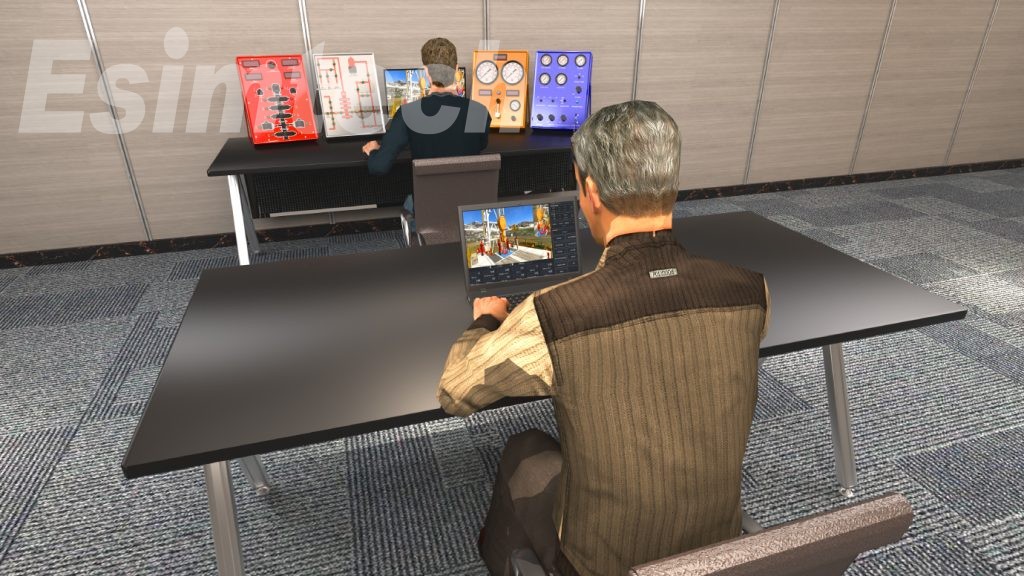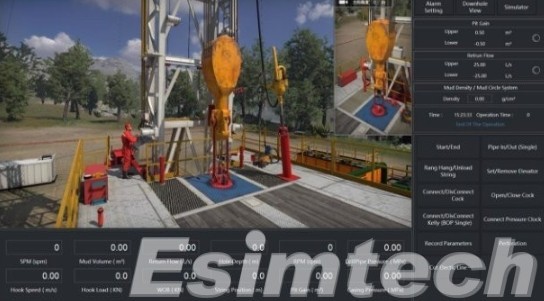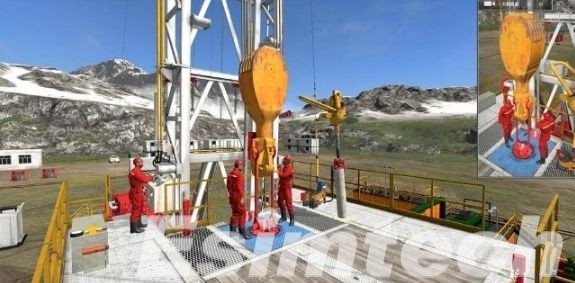What is Workover in Oil and Gas and Why is it Important
Workover operations play a crucial role in the oil and gas industry, ensuring the optimal performance and longevity of wells. These interventions are essential for maintaining or restoring well productivity by addressing issues that may arise during the production life cycle. In this article, we will explore what workover is, provide examples of workover operations, discuss the steps involved, and emphasize the importance of workover in the oil and gas sector.

Some Examples of Workover Operations
Workovers encompass a diverse range of operations, each crucial for different situations. Here are some examples:
- Pump Changeouts: When a downhole pump, the heart of a producing well, wears out or fails, workovers come to the rescue. Using coiled tubing, they carefully extract the tired pump and replace it with a new one, breathing new life into the well’s production.
- Tubing Changeouts: Damaged or corroded tubing, the conduit carrying fluids up the well, can hinder flow and pose safety risks. Workovers meticulously remove the old tubing, section by section, and install fresh, robust tubing, restoring the well’s integrity and efficiency.
- Wellbore Cleaning: Over time, scale deposits, paraffin buildup, and even sand accumulation can clog the wellbore. Workovers unleash specialized tools like jetting units that blast high-pressure fluids or downhole milling tools that grind away obstructions, clearing the path for smooth production.
- Casing Repairs: Leaks in the well’s casing, the protective barrier against pressure and fluids, can be catastrophic. Workovers deploy patchers and cementing tools to seal the leaks, preventing environmental damage and ensuring the well’s continued operation.
- Artificial Lift Installations: Sometimes, natural pressure just isn’t enough to bring oil and gas to the surface. Workovers install artificial lift systems like gas lift or electric submersible pumps, providing the extra muscle needed to extract valuable resources from deep reservoirs.
- Wellbore Abandonment: When a well reaches its end of life, workovers ensure a safe and responsible closure. They isolate the well from the reservoir, plug it with cement, and remove all surface equipment, leaving the site environmentally sound and ready for future reclamation.
These are just a few examples of the workovers’ diverse repertoire. They are tailorable solutions, adapting to the specific needs of each well, each challenge. Whether it’s restoring production, enhancing safety, or unlocking new reserves, workovers are the oil and gas industry’s Swiss army knives, ensuring the continued flow of energy that fuels our world.

Steps to Ensure Workover Operations
Workovers are more than just a plunge into the unknown; they’re a meticulously choreographed ballet of planning, execution, and adaptation. To ensure these complex interventions run smoothly and safely, a specific set of steps is followed:
1. Pre-Job Planning
- Data gathering and analysis: Engineers pore over well history, production data, and geological surveys. They identify the problem, analyze potential solutions, and select the most effective tools and technologies for the job.
- Simulation and modeling: Advanced software simulates the entire operation, anticipating challenges, predicting pressure changes, and optimizing equipment deployment. This virtual dry run minimizes surprises and maximizes success.
- Regulatory compliance: Every step adheres to strict safety and environmental regulations. Permits are obtained, safety protocols are established, and communication channels are set up for all stakeholders.

2. Mobilization and Preparation:
- Equipment assembly and inspection: The chosen tools and technologies are meticulously inspected, tested, and assembled at the well site. This includes everything from pumps and tubing to downhole cameras and fracturing fluids.
- Site setup and logistics: A temporary command center is established, complete with communication hubs, waste management facilities, and emergency response protocols. This ensures a well-organized and efficient operation.
- Crew briefing and safety training: Every team member undergoes thorough briefings on the plan, potential risks, and emergency procedures. Safety is paramount, and everyone is empowered to identify and address any concerns.
3. The Intervention
- Deployment and monitoring: The chosen tools embark on their journey into the wellbore, guided by real-time data and monitored by experienced technicians. Every movement is tracked, every parameter measured, ensuring the operation stays on course.
- Problem-solving and adaptation: No well is perfect, and the unexpected inevitably arises. The crew must be prepared to adapt, troubleshoot problems, and modify the plan if necessary. Flexibility and ingenuity are key to overcoming underground challenges.
- Data collection and analysis: Throughout the intervention, vital data is continuously collected, from pressure readings to fluid flow rates. This data is analyzed in real-time and used to optimize the process and make informed decisions.
4. Completion and Post-Job Analysis
- Retrieval and restoration: Once the intervention is complete, the tools are carefully retrieved, inspected, and cleaned. The well site is restored to its original condition, minimizing environmental impact.
- Production monitoring and optimization: The newly revitalized well is brought back online, and its performance is closely monitored. Adjustments are made to maximize production while ensuring long-term sustainability.
- Debriefing and evaluation: The entire team comes together to review the operation, identify areas for improvement, and celebrate successes. This feedback loop ensures continuous learning and improvement for future workovers.
These steps are not rigid guidelines; they are a flexible framework. Each workover is a unique puzzle, and the team’s expertise lies in adapting these steps to fit the specific needs of the well, the environment, and the ever-changing demands of the industry.

Why Workover is So Important?
While not often bathed in the spotlight, workovers are the indispensable engine within the energy machine. These intricate interventions, far from mere Band-Aid solutions, play a critical role in ensuring the continued flow of the lifeblood of our modern world: oil and gas. Their importance transcends the immediate concerns of the industry, rippling into the very fabric of our society.
- Maintaining Production Levels: Workover operations are instrumental in sustaining or restoring well productivity. By addressing issues such as reservoir changes, equipment failures, or integrity concerns, workovers help maintain optimal production levels over the life of the well.
- Extending Well Life: Effective workover interventions can extend the economic life of a well. By mitigating issues that hinder production, operators can maximize the recovery of hydrocarbons from the reservoir, increasing the overall profitability of the well.
- Protecting Investment: Oil and gas wells represent significant capital investments. Workovers protect these investments by ensuring that the wells operate efficiently and produce as much hydrocarbons as possible, optimizing the return on investment.
Conclusion
In conclusion, workover operations in the oil and gas industry are essential for maintaining, optimizing, and extending the life of wells. By addressing various challenges that may arise during the production life cycle, workovers play a vital role in sustaining production levels and protecting the substantial investments made in oil and gas exploration and production. Rigorous planning, advanced technologies, and a commitment to safety are critical elements in ensuring the success of workover operations. As the industry continues to evolve, the importance of workover interventions remains integral to the overall success and longevity of oil and gas wells.
